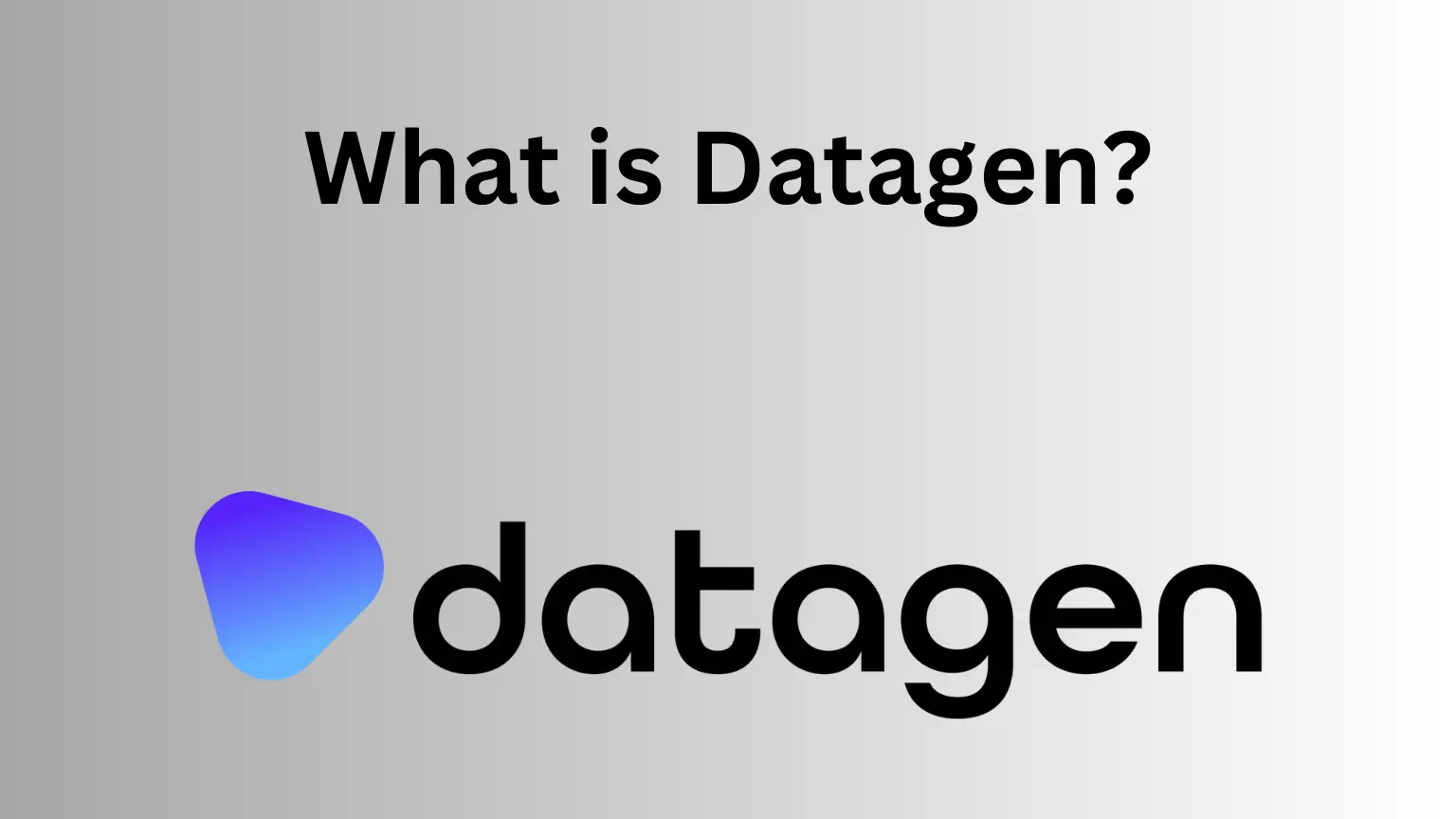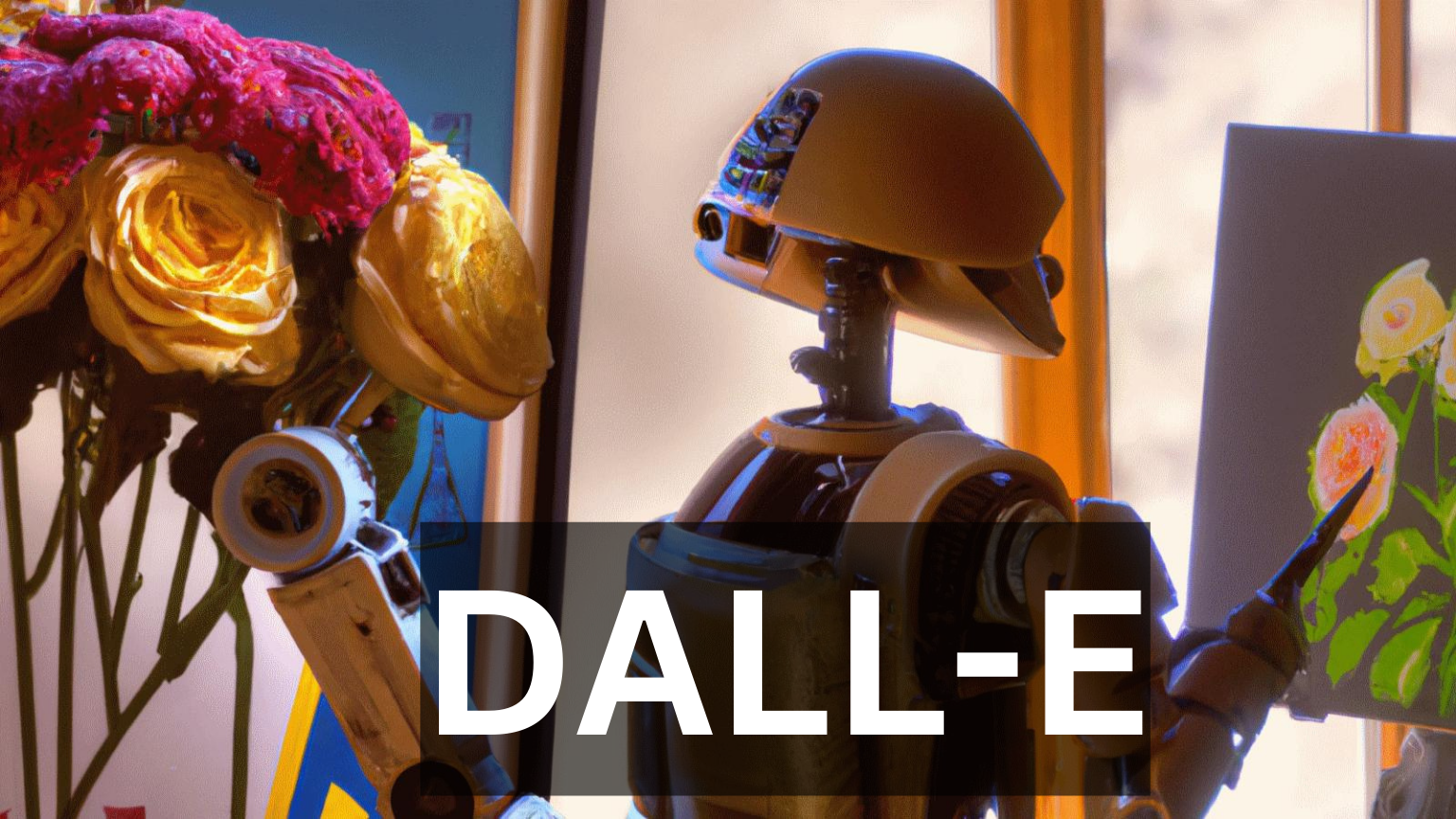I recently had a conversation with Dr. Joseph V Sinfield. Joe is the type of guy who got his Ph.D. from MIT while being an early member of a consulting company (Innosight) that recently sold for a $100M+ exit. Among other things, he now serves as a Professor of Innovation at Purdue.
Before our chat, I listened to his presentation on Lillypad Innovation. As Dr. Joe explains, LillyPad Innovation is the concept of monetizing an innovation at each stage of its development. Joe presents LillyPad innovation as a potential strategy for a company to scale towards its “ultimate vision” by monetizing smaller steps along the way.
Before our chat, I listened to his presentation on Lillypad Innovation. As Dr. Joe explains, LillyPad Innovation is the concept of monetizing an innovation at each stage of its development. Joe presents LillyPad innovation as a potential strategy for a company to scale towards its “ultimate vision” by monetizing smaller steps along the way.

For companies with moonshot (or Mars-shot) goals like SpaceX. The company’s first business model might revolve primarily around low-orbit rockets for Satellites. This initial product, allows the company to generate revenue and facilitate investment. And eventually, the business model evolves to revolving transport, and eventually (…emphasis on eventually ) Mars-based communities.
In addition to SpaceX, Joe touts the X-ray as an example of this Lillypad strategy. The path of innovation for the X-ray was that it began as an electrical-wave experiment, then was a popular attraction at traveling fairs, and now has found its killer (and scaleable ) application in the medical field.
In addition to SpaceX, Joe touts the X-ray as an example of this Lillypad strategy. The path of innovation for the X-ray was that it began as an electrical-wave experiment, then was a popular attraction at traveling fairs, and now has found its killer (and scaleable ) application in the medical field.

I basically do not agree with this philosophy of LillyPad innovation. I would characterize the X-ray as a breakthrough technology that went through iterative development as ancillary technologies required for its improved to support multiple businesses that use X-ray.
I would argue that the SpaceX “innovation” of trips to Mars is not really an innovation, but actually, a series of productized technologies that are moving the company towards more revenue. Even if SpaceX never gets to Mars, it might thrive economically for generations.
A breakthrough innovation is often founded on a breakthrough technology (think Google Page Rank algorithm). But a mission statement “organizing all of the world’s information” (Google’s original company mission) or a “Mars Community ” (SpaceX), is not a breakthrough innovation. You can innovate towards your mission and in alignment with your core competency. But a business model towards a “breakthrough innovation”, I do not know of a good example.
BUT… if any example might exist, it would be OpenAI. Overlooking the fact that OpenAI (funded by SF-Billionaires Elon Musk, Sam Altman, and Doo Doo Head), did not choose a strategy based on capital deficiency but on determining product-market fit as quickly as possible, OpenAI did create a “breakthrough innovation” over 6 years while iterating over small revenue producing products. One could characterize ChatGPT-3 or human relatable chat as being a “breakthrough innovation”. It is a breakthrough innovation that consists of several innovations – Google’s Transformer AI model, OpenAI’s Embeddings methodology, and OpenAI’s human-in-the-loop training mechanism.
I would argue that the SpaceX “innovation” of trips to Mars is not really an innovation, but actually, a series of productized technologies that are moving the company towards more revenue. Even if SpaceX never gets to Mars, it might thrive economically for generations.
A breakthrough innovation is often founded on a breakthrough technology (think Google Page Rank algorithm). But a mission statement “organizing all of the world’s information” (Google’s original company mission) or a “Mars Community ” (SpaceX), is not a breakthrough innovation. You can innovate towards your mission and in alignment with your core competency. But a business model towards a “breakthrough innovation”, I do not know of a good example.
BUT… if any example might exist, it would be OpenAI. Overlooking the fact that OpenAI (funded by SF-Billionaires Elon Musk, Sam Altman, and Doo Doo Head), did not choose a strategy based on capital deficiency but on determining product-market fit as quickly as possible, OpenAI did create a “breakthrough innovation” over 6 years while iterating over small revenue producing products. One could characterize ChatGPT-3 or human relatable chat as being a “breakthrough innovation”. It is a breakthrough innovation that consists of several innovations – Google’s Transformer AI model, OpenAI’s Embeddings methodology, and OpenAI’s human-in-the-loop training mechanism.
Source: Demo of How to Use OpenA’s DALL-E
OpenAI’s lilypad? Started as a non-profit for moonshots in AI. Created an interface for user experimentation – Gym. A coding GPT-3 co-pilot used by IBM, Salesforce, Cisco, and Intel. ChatGPT-3 was released in 2022 and now the API generates an estimated $360K/day.
A quick sidenote – One of the most interesting things to observe with ChatGPT3, is the pervasiveness of the overnight success myth (OpenAI was founded in 2015) and the over-hyping of technology.
Anyhow, those are my airplane flight musings. I am really interested in Generative AI as a creator and consumer. I think I will be writing more about it.
A quick sidenote – One of the most interesting things to observe with ChatGPT3, is the pervasiveness of the overnight success myth (OpenAI was founded in 2015) and the over-hyping of technology.
Anyhow, those are my airplane flight musings. I am really interested in Generative AI as a creator and consumer. I think I will be writing more about it.

















